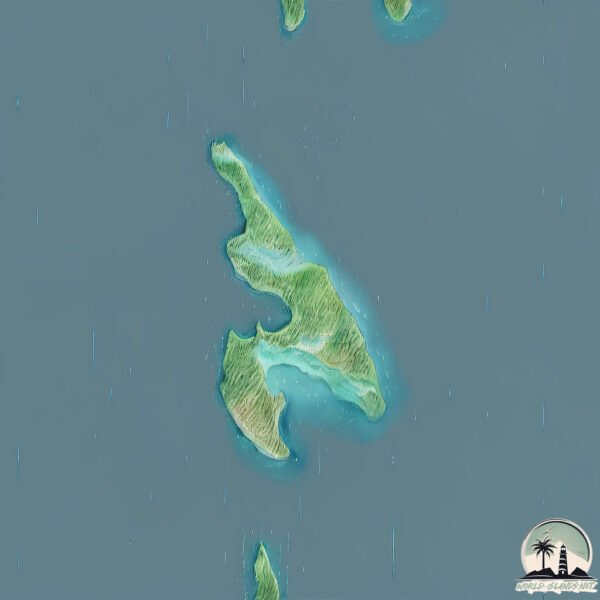Welcome to Phi Phi , a Tropical island in the Malacca Strait, part of the majestic Pacific Ocean. This guide offers a comprehensive overview of what makes Phi Phi unique – from its geography and climate to its population, infrastructure, and beyond. Dive into the details:
Geography and size of Phi Phi
Size: 9.971 km²Coastline: 30.3 kmOcean: Pacific OceanSea: Malacca StraitContinent: Asia
Phi Phi is a Small Island spanning 10 km² with a coastline of 30.3 km.
Archipel: –
Tectonic Plate: Sunda – Extends across Southeast Asia, encompassing parts of the Sunda Shelf, known for its interaction with the Australian Plate, contributing to volcanic activity in Indonesia.
The geographic heart of the island is pinpointed at these coordinates:
Climate and weather of Phi Phi
Climate Zone: TropicalClimate Details: Tropical Monsoon ClimateTemperature: Hot
Climate Characteristics: Characterized by heavy rainfall, high humidity, and uniformly high temperatures, but with a distinct short dry season. It features a seasonal reversal of prevailing wind directions.
Topography and nature of Phi Phi
Timezone: UTC+07:00Timezone places: Asia/JakartaMax. Elevation: 125 m Mean Elevation: 59 mVegetation: Evergreen Needleleaf ForestTree Coverage: 71%
The mean elevation is 59 m. The highest elevation on the island reaches approximately 125 meters above sea level. The island is characterized by Plains: Flat, low-lying lands characterized by a maximum elevation of up to 200 meters. On islands, plains are typically coastal lowlands or central flat areas.
Dominating Vegetation: Evergreen Needleleaf Forest
Vegetation: 6 vegetation zones – Very Highly Diverse Island
Infrastructure and Travelling to Phi Phi
Does the island have a public airport? no .
Does the island have a major port? no .
The mean population of Phi Phi is 129 per km². Phi Phi is Moderately Inhabited. The island belongs to Thailand .
Continuing your journey, Ko Pu is the next notable island, situated merely km away.
Phi Phi Islands - The Best Things To Do!
There is lots to experience on the Phi Phi Islands, so we're listing our top 5 must do's on Koh Phi Phi Don. If you like to relax or get ... ... [+] Show More
Phi Phi Islands - The Best Things To Do!
There is lots to experience on the Phi Phi Islands, so we're listing ...
There is lots to experience on the Phi Phi Islands, so we're listing our top 5 must do's on Koh Phi Phi Don. If you like to relax or get ... ... [+] Show More
The ONLY Phi Phi Island Itinerary you will EVER Need!
Make Your Thailand Adventure the Trip of a Lifetime!
Work with ...
Make Your Thailand Adventure the Trip of a Lifetime!
Work with Thailand travel experts to turn your DREAM trip into reality ...
The ULTIMATE Koh Phi Phi Travel Guide (15 Things to do in 2025)
Travel Medical Insurance is an absolute must for your next trip, sign ...
Thailand is classified as Emerging region: G20: Group of Twenty – Major economies comprising both developed and emerging countries, representing the world’s largest economies. The level of income is Upper middle income.
News – Latest Updates and Headlines from Phi Phi
Stay informed with the most recent news and important headlines from Phi Phi. Here’s a roundup of the latest developments.
Loading...
Please note: The data used here has been primarily extracted from satellite readings. Deviations from exact values may occur, particularly regarding the height of elevations and population density. Land area and coastline measurements refer to average values at mean high tide.

